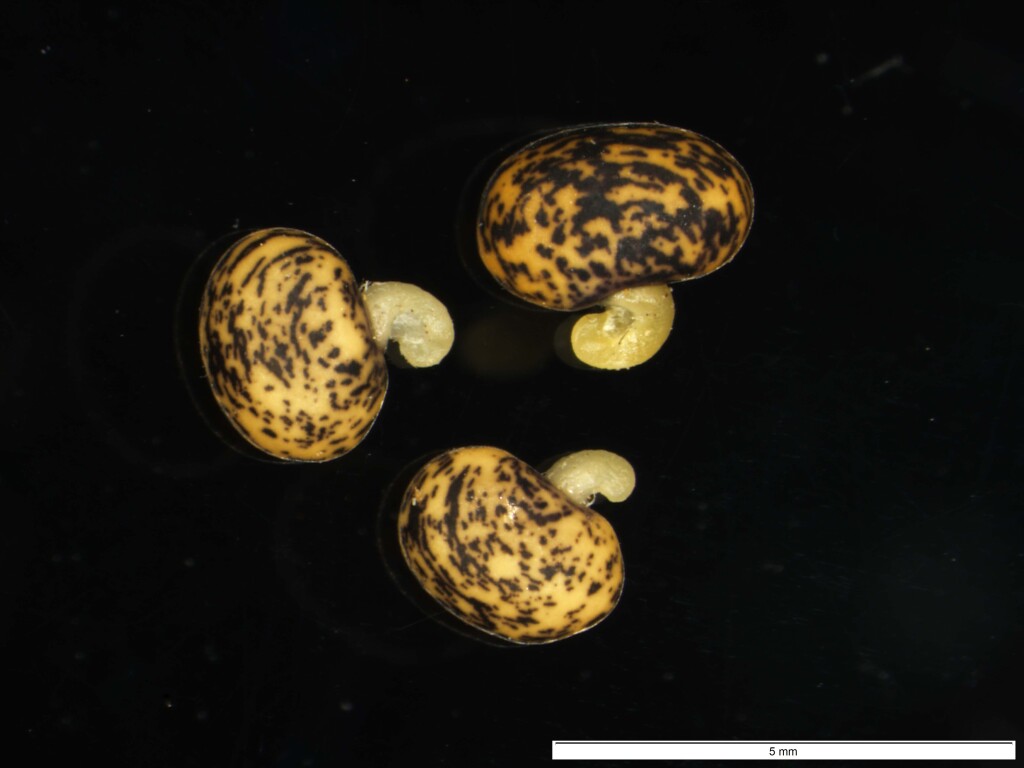Bossiaea alpina
I.Thomps.Diffuse shrubs to c. 0.5 m high; branches terete, suberect, with a moderately dense cover of straight hairs. Leaves alternate, unifoliate, transversely oblong to oblong-elliptic, 1–2 mm long, 1–2.5 mm wide; base truncate; apex truncate or broadly rounded, depressed-retuse; upper surface glabrous or sparsely hairy, sometimes tuberculate on margins; lower surface ± flat, glabrous or sparsely hairy; margin slightly recurved; stipules triangular, 0.7–1.5 mm long, glabrous, exceeding petiole, semi-persistent. Flowers solitary, 5–7 mm long; pedicle 1.5–2.5 mm long, glabrous or with scattered hairs; bracts crowded, broad-ovate, 2–3 mm long; bracteoles inserted at base of calyx and enclosing it, narrow-ovate or narrow oblong, 2–3.5 mm long, glabrous, persistent; calyx 3–3.5 mm long, glabrous or sparsely hairy near apex, lobes acute, ± equal, c. equal to tube; corolla uniformly bright yellow, petals ± equal in length; ovary stipitate, 2-ovulate, densely pubescent. c. orbicular, c. 6 mm long, rusty-pubescent; stipe c. 1 mm long. Flowers Dec.–Jan.
HSF, HNF, VAlp. Occurs in subalpine or alpine heathland or heathy woodland in the southern alps of Victoria (e.g. Lake Mountain, Snowy Range, and Mt Buller).
Very similar to B. foliosa, B. sericea, and B. distichoclada, distinguished by its flat, relatively small, transversely oblong leaves that are more or less glabrous, and relatively large, glabrous bracteole. Furthermore plants tend to have a much more diffuse habit.
 Spinning
Spinning